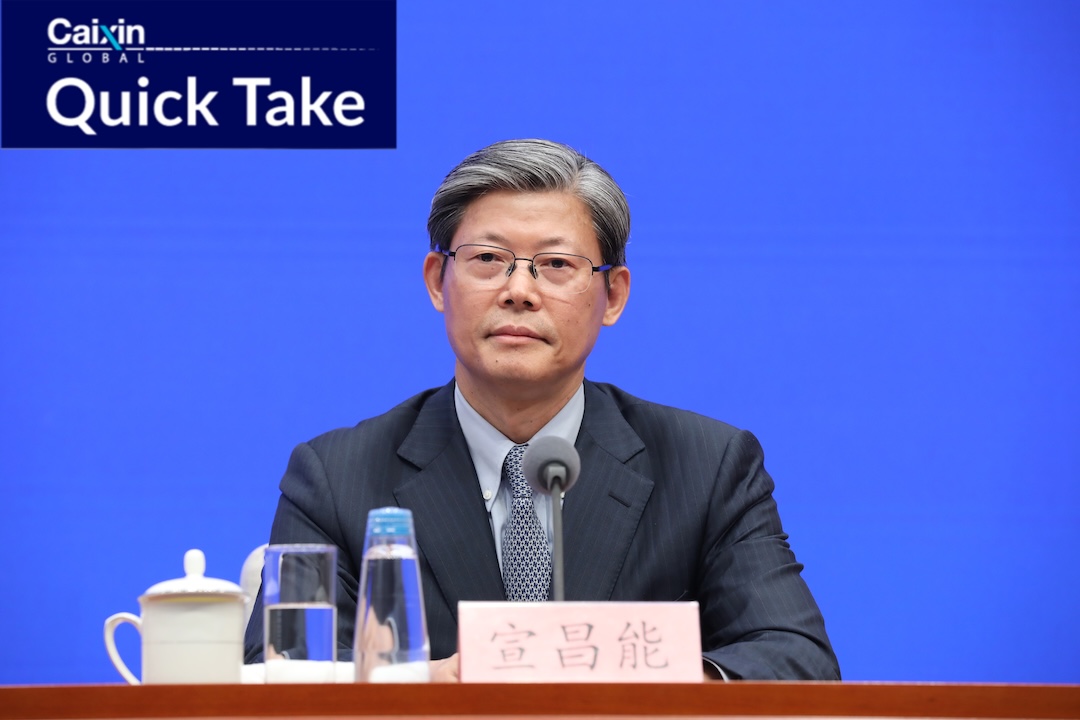
What’s new: There is still scope for China to lower its reserve requirement ratio (RRR), a measure that would channel more money into the financial system to fuel economic growth, a central bank deputy governor said at a press briefing Thursday.
In contrast to the near-zero RRR maintained by many foreign central banks, China’s average ratio stands at 7%, remaining a key instrument for the country’s central bank, said Xuan Changneng, a deputy governor of the People’s Bank of China (PBOC).
The PBOC will guide banks to lower their deposit interest rates and to further cut loan prime rates (LPRs), the benchmark lending rates in China, Xuan said. These efforts can lower financing costs across the board, unleashing potential consumption while stimulating investment, he added.
The background: The world’s second-largest economy has been grappling with persistent headwinds, including tepid demand, deflationary pressures and faltering investment confidence on top of a protracted property slump.
In light of these hurdles, the PBOC has introduced a slew of measures in a bid to prop up the economy, including a 50-basis point RRR cut in early February, pumping 1 trillion yuan ($141 billion) into the financial system.
Following this move, Chinese banks cut the five-year-plus LPR — a reference rate for mortgages — by 25 basis points to 3.95%, which was the biggest reduction since a revamp of the benchmark rate system was rolled out in 2019.
Read more Analysis: Why China Is Tackling Economic Headwinds With Asymmetric Interest Rate Policy
Contact reporter Qing Na (qingna@caixin.com) and editor Michael Bellart (michaelbellart@caixin.com)







